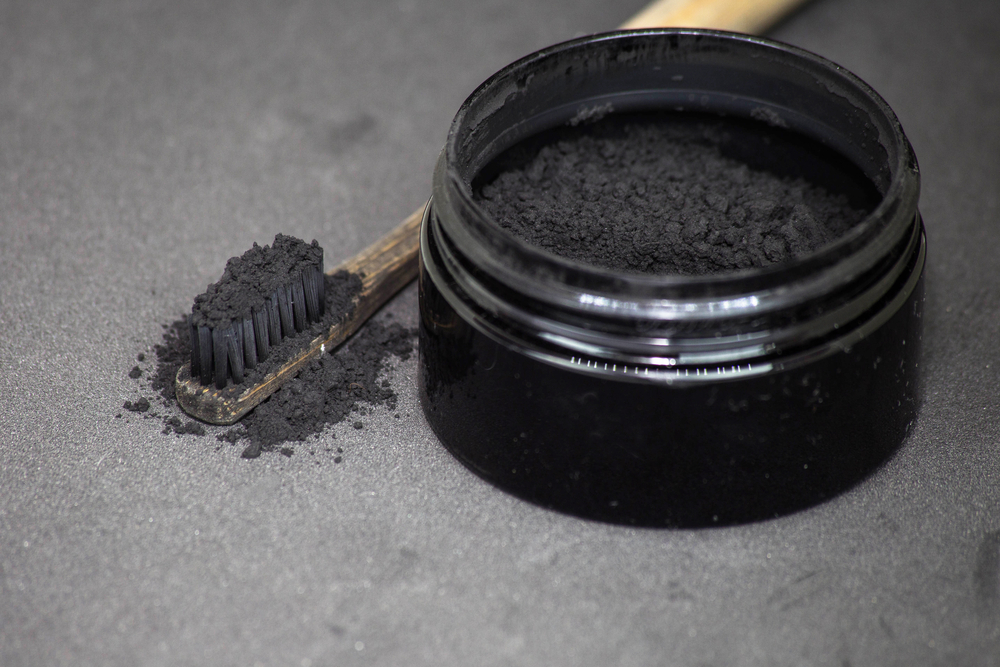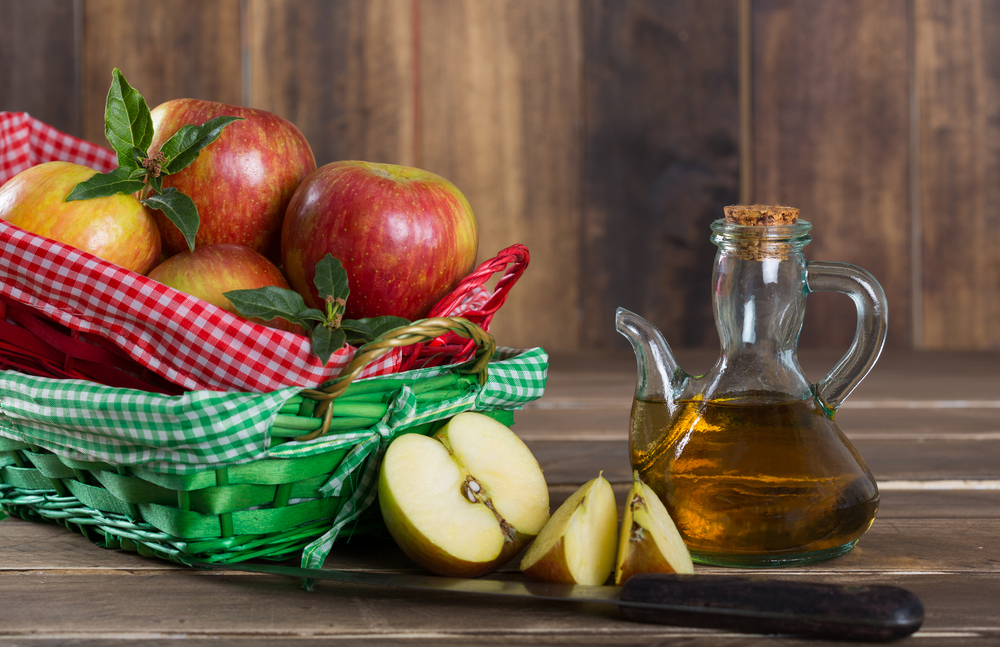Natural methods of teeth whitening

A lot of people would like to have a perfect, shiny smile and snow-white teeth. However, procedures at the dentist’s office are very costly. On the other hand, ready to use chemical preparations may raise some concerns and doubts as to whether they are safe. Therefore, a good solution would be natural methods of teeth whitening. Most of the products needed to perform such a procedure can be found in your kitchen. These are fairly easy and cheap methods that will restore the natural whiteness of your teeth.

Home natural methods of teeth whitening
Home methods using natural ingredients are neutral to health. However, it is worth bearing in mind that the colour of the enamel is influenced by many factors and not everyone can have snow-white teeth because even aggressively whitened teeth will darken over time. Some of us have a natural shade of ivory due to a genetic factor. Even such teeth can look attractive when you will take proper care of them.
-
Activated carbon is one of the natural methods of teeth whitening
Its action is based on the absorption so the intake of substances responsible for discolouration. It will help to restore the natural colour of the teeth. You can buy activated carbon at a low cost at every pharmacy. Then simply combine the powder with a few drops of water or coconut oil to make a homemade paste. Such substance should be applied to the teeth for a few minutes. Additionally, you can gently brush them. In the beginning, use the active carbon paste for 3 days in a row. Then once a week to maintain the effects. Activated carbon does not stain your teeth black, so there is no need to worry.

-
Teeth whitening with oil
This method involves rinsing the mouth with oil and its so-called sucking. The oil naturally brightens the teeth without unnecessary abrasion of the enamel. Therefore, this operation is completely safe and can be carried out every day. However, this is a very time-consuming and slow method, the results of which will appear after a few months. If you decide to use this method, you should reach for healthy, unrefined oil, e.g. linseed, coconut, sunflower, rapeseed or sesame. As a rule, each of them will be suitable, but the oil must be cold-pressed. In this method, one should rinse the mouth with 1 tablespoon of oil for 15-20 minutes, on an empty stomach first thing in the morning. After this time, it is necessary to spit out the oil and brush your teeth. This method is praised for being non-invasive and its health-promoting effect, helping to cleanse the body of toxins. This is one of the Ayurvedic detoxification methods, and the whitening itself is a side effect.
-
Turmeric for teeth whitening
This is a rather tricky method, as turmeric colours the food and the palate yellow. However, it has supporters who claim that, in addition to the antibacterial effect, it also whitens teeth. This is due to the abrasive properties that thoroughly clean the enamel of the accumulated plaque. The application requires dipping the brush in powdered turmeric and brushing the teeth for a few minutes. Then you should rinse your mouth and brush your teeth again with normal toothpaste to get rid of the leftover spice. You can perform it only twice a week.

-
A mixture of coconut oil with turmeric for teeth whitening
By combining these 2 ingredients with a little water, you will get a toothpaste that you should use to brush your teeth. In the next step, they need to be cleaned again with a traditional paste.
-
Apple cider vinegar for teeth whitening
The acid contained in the vinegar is bactericidal, it cleans the oral cavity, but also brightens the teeth. This is a fairly easy method, just dilute the vinegar with water. The resulting preparation should be used to rinse the teeth for a few minutes. However, not every day, because apple cider vinegar can negatively affect the enamel.

-
Baking soda whitens your teeth
It is quite an aggressive method, but very effective. As a result of abrasion, baking soda removes discolouration and plaque, evening out the colour of the teeth. However, after such a treatment is performed several times, the enamel may get damaged. Therefore, to maintain the whitening effect, it is necessary to avoid colouring dishes and drinks for some time.
The method of use is simple, just dip the toothbrush in the powder and brush your teeth. You should also remember to do it from top to bottom of the teeth when brushing. Because by rubbing sideways you can scratch the enamel. Then rinse your mouth with warm water and brush your teeth once more with a damp, clean toothbrush. Baking soda is a very strong substance, so it is better to combine it, for example, with a regular paste. You will see the results after the first use. However, use this method a maximum of several times a month.
-
Fruits will brighten your teeth naturally
More precisely, their peel, because they are rich in valuable vitamins and minerals. For example, you can use an orange or a banana peel, or a strawberry cut in half. It is enough to rub them for a few minutes before brushing the teeth.

-
Salt plus lemon juice for whiter teeth
Apply this mixture to your teeth for a few minutes. Lemon is known for its decolorizing properties due to its natural acid content. Use temporarily.
Advantages and disadvantages of home teeth whitening
Advantages. Home whitening is cheap and easy to do. Due to the natural ingredients, there is no fear that whitening will negatively affect your health. Unlike chemical methods, natural methods are not that aggressive. The whole process is slow, so you have control over the degree of lightening of your teeth. And you decide when the results are satisfactory.
Disadvantages. Too frequent and intensive use of some methods can damage the enamel. However, this can be said about any whitening method, even the specialized ones. You just have to be moderate in everything. Once you’ve achieved the colour you want, it’s worth taking a break from whitening. Ideally for a few months to strengthen the enamel.
See also: How does stress affect the body?

How to maintain the teeth whitening effect?
After the end of the treatment and during it, it is worth following a white diet for several weeks. It assumes the elimination of food, drinks and stimulants that have colouring properties. In turn, you should choose tooth-neutral food such as dairy products, poultry, fish or white rice.
